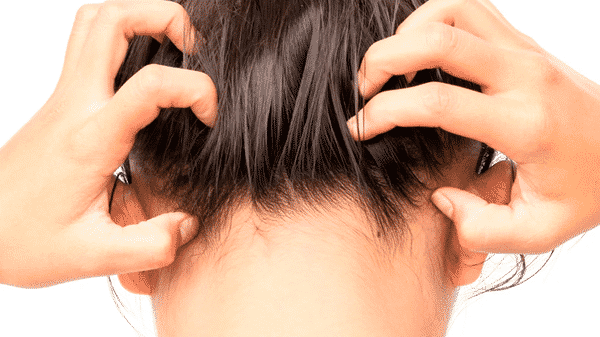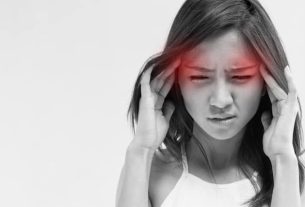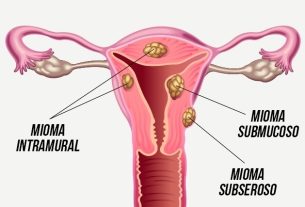A pimple on the scalp can be extremely uncomfortable and cause pain, but it is possible to easily reverse the situation.
Sometimes finding a pimple on your scalp, although strange, is a more common occurrence than you might think. In addition to being stressful, they cause pain, but there is no need to panic. Despite the discomfort, it is very simple to reduce the effects of comedones, and in practical ways. This way, you can go back to combing your hair without worry, as well as learning how to prevent this from happening frequently.
This pimple on the scalp is, in fact, folliculitis. The case consists of inflammation of one or more hair follicles, that is, the structures where body hair grows. In this sense, the infection of the follicles may have a bacterial origin, and thus, the scalp is left with red and inflamed areas, even with pus. In any case, when you discover an inflammation, avoid touching or squeezing it, as dirt from your nails can contaminate the area and worsen the condition.
To help you understand more about pimples on your scalp, check out everything about the problem below, as well as the simplest and most serious cases of folliculitis.
What is a pimple on the scalp?

The word pimple is used to describe red lumps or nodules with or without pus that appear on the skin. In the case of the scalp, such lesions are likely to be more difficult to spot. Therefore, it is possible to discover them by feeling the region, and they may be accompanied by pain, swelling, burning and itching. The lesions appear as small balls, with or without a crust. In more serious cases, they include blisters or wounds containing pus, which can form scars and even hair loss.
Common causes
The most common occurrence of pimples on the scalp is actually folliculitis. The reason is that the inflammation appears in the hair follicle, or the part of the hair inside the skin. However, the causes of folliculitis can be diverse, such as fungal, bacterial, viral infections and inflammatory diseases.
1 – Bacterial folliculitis
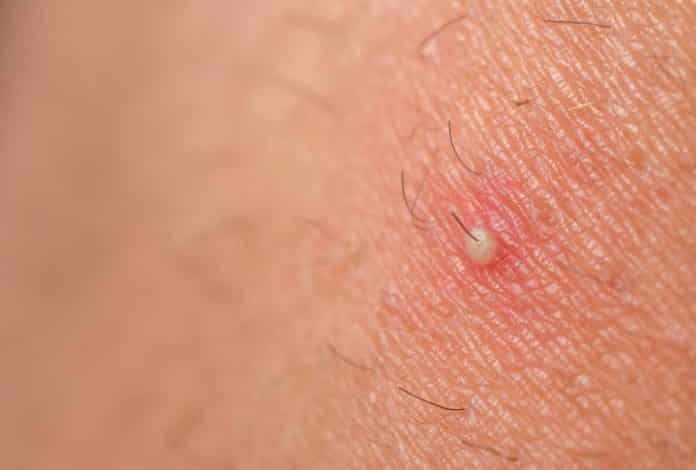
Bacterial folliculitis occurs when follicles become infected by bacteria, usually staphylococci. They are present on the surface of the skin and are part of the normal microbiota. However, in the case of small bruises or cuts, they can enter the skin, causing it to become infected. It can affect anyone, but cases of low immunity, use of medications with steroids and antibiotics, diseases such as diabetes and leukemia and accessories that cause sweating are more susceptible. Additionally, scratching your head also stimulates the bacteria.
2 – Fungal infection on the scalp
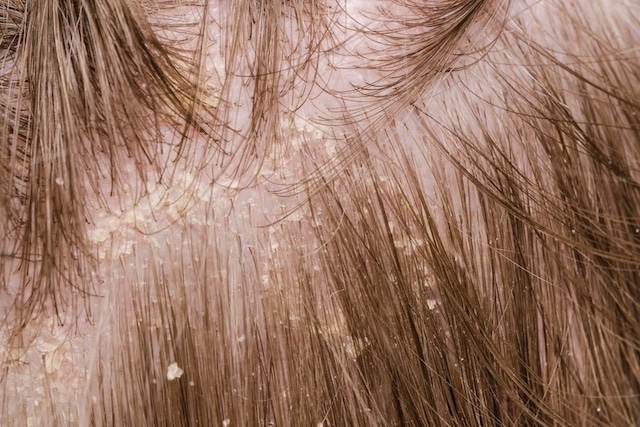
Fungal infection is not as common as bacterial infection, but it also causes pimples to appear on the scalp. On the body, it is known as ringworm, and on the scalp, capitis. It tends to be more common in children than adults. Its appearance is scaly, red and can end up resulting in hair loss. Its inflamed form is precisely what causes pimples to appear in the region, and the disease is contagious, transmitted by both people and animals.
3 – Folliculitis decalvans
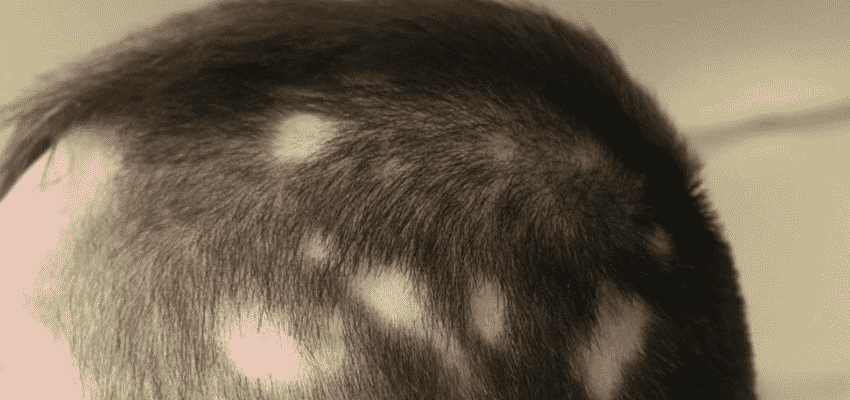
Folliculitis decalvans appears in both men and women, but is more common in men, especially adults. In this sense, in addition to common signs such as redness, peeling, crusts and pimples, it also presents several strands coming out of a single hole, like doll hair.
4 – Dissecting folliculitis on the scalp
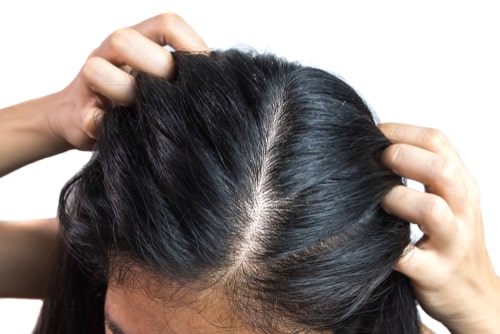
Dissecting or abscensing folliculitis is a chronic inflammation characterized by floating and interconnected nodules. It is more common in young people, and is related to scalp defects.
5 – Keloidal folliculitis

This type of inflammation is rare, and appears in the posterior region of the scalp, or on the back of the neck. It occurs especially in black men who are under 40 years of age. The condition manifests as a pimple on the scalp, or more than one, accompanied by fibrosis and keloids.
How to avoid pimples on the scalp

First of all, the ideal is to consult a doctor to examine and diagnose your problem. Otherwise, try lightly exfoliating your scalp, as well as using products that contain salicylic acid. Nowadays, many shampoos already contain this substance, which makes it easier to solve the problem. Also try to cut your hair with scissors and do not use the machine close to the scalp. Either way, it’s important to wash your hair frequently, as oily hair is more susceptible to pimples on the scalp.
In some cases, your doctor will likely give you a more specific product to treat inflammation, such as a shot of cortisone. Furthermore, never cover the area with caps and hats, or by tying your hair up right after washing.
If you are interested in this article about pimples on the scalp, take the opportunity to check out Folliculitis on the scalp – What it is, types and treatments


